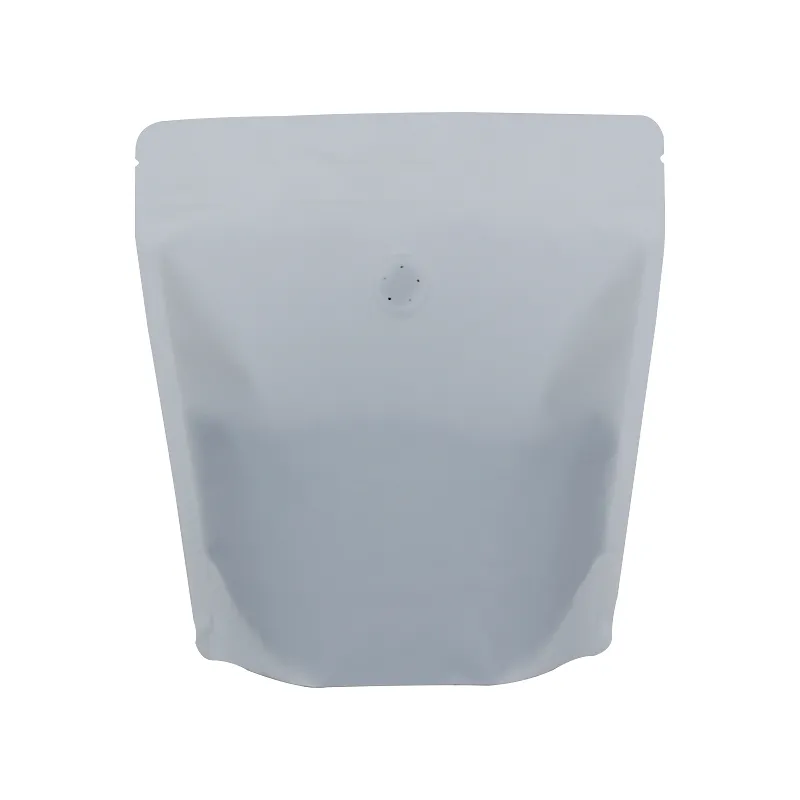- Afrikaans
- Albanian
- Amharic
- Arabic
- Armenian
- Azerbaijani
- Basque
- Belarusian
- Bengali
- Bosnian
- Bulgarian
- Catalan
- Cebuano
- chinese_simplified
- chinese_traditional
- Corsican
- Croatian
- Czech
- Danish
- Dutch
- English
- Esperanto
- Estonian
- Finnish
- French
- Frisian
- Galician
- Georgian
- German
- Greek
- Gujarati
- haitian_creole
- hausa
- hawaiian
- Hebrew
- Hindi
- Miao
- Hungarian
- Icelandic
- igbo
- Indonesian
- irish
- Italian
- Japanese
- Javanese
- Kannada
- kazakh
- Khmer
- Rwandese
- Korean
- Kurdish
- Kyrgyz
- Lao
- Latin
- Latvian
- Lithuanian
- Luxembourgish
- Macedonian
- Malgashi
- Malay
- Malayalam
- Maltese
- Maori
- Marathi
- Mongolian
- Myanmar
- Nepali
- Norwegian
- Norwegian
- Occitan
- Pashto
- Persian
- Polish
- Portuguese
- Punjabi
- Romanian
- Russian
- Samoan
- scottish-gaelic
- Serbian
- Sesotho
- Shona
- Sindhi
- Sinhala
- Slovak
- Slovenian
- Somali
- Spanish
- Sundanese
- Swahili
- Swedish
- Tagalog
- Tajik
- Tamil
- Tatar
- Telugu
- Thai
- Turkish
- Turkmen
- Ukrainian
- Urdu
- Uighur
- Uzbek
- Vietnamese
- Welsh
- Bantu
- Yiddish
- Yoruba
- Zulu
Create an Innovative Tray Design for Functional and Aesthetic Use
Designing a Tray Functionality Meets Aesthetics
Designing a tray can appear deceptively simple, yet it encompasses a vast array of considerations that combine functionality, aesthetics, and user experience. A tray serves more than just a practical purpose; it is often a centerpiece for various activities including serving food, organizing items, or even acting as a decorative element in home décor. In this article, we will explore the essential aspects of tray design, from material selection to ergodynamics, to create a unique and functional product.
Purpose and Functionality
Before diving into the aesthetics of a tray, it is crucial to establish its intended purpose. Is it designed for serving food at a dinner party, or is it intended for everyday use in a casual setting? For instance, a serving tray meant for special occasions might require a more sophisticated design compared to a tray designed for organizing household items. The intended usage will influence not only the shape and size but also the choice of materials.
When designing a tray, one must also consider its functionality. A well-designed tray should facilitate ease of use; it should have handles that allow for easy lifting, a bottom surface that provides grip, and edges high enough to prevent items from sliding off. Incorporating features such as compartments for different food items or drinks can enhance the overall structure and functionality, making the tray user-friendly in diverse scenarios.
Material Selection
Material choice is a pivotal aspect of tray design. It directly impacts durability, weight, and aesthetic appeal. Common materials for trays include wood, metal, plastic, and glass, each offering unique advantages.
- Wood Known for its natural beauty and warmth, wooden trays can be polished or stained to fit a particular décor. They are lightweight yet sturdy and can withstand significant weight when properly constructed.
- Metal Stainless steel or aluminum trays offer modern aesthetics and exceptional durability. They are often used in commercial settings due to their resilience and ease of cleaning. However, designers must consider weight and ensure the tray remains manageable for the user.
- Plastic Lightweight and versatile, plastic trays are often used for casual settings or outdoor gatherings. They come in a myriad of colors and designs but may lack the sophistication of metal or wood.
design a tray

- Glass Elegant and refined, glass trays can serve as both functional and decorative pieces. However, safety must be taken into account, especially in high-traffic environments.
Aesthetics and Personalization
The visual appeal of a tray is vital to its design. It is the first thing users notice, influencing their perception of quality and functionality. Designing a tray with aesthetic considerations involves selecting colors, patterns, and finishes that complement its environment. Collaborating with graphic designers or artists can add unique elements that resonate with target audiences.
Another trending aspect of tray design is personalization. Custom designs that cater to individual tastes—be it through engraving names or monograms, or offering customizable colors—are increasingly sought after. This personal touch can transform an ordinary tray into a cherished item, whether it's a gift or a personal possession.
Ergonomics and User Experience
An often-overlooked aspect of tray design is ergonomics. Designers must consider the end user's experience when interacting with the tray. This includes analyzing handle styles for ease of grip, balancing the structure to avoid tipping, and ensuring the weight distribution allows for easy carrying. Prototyping and user testing can provide invaluable feedback for refining design elements.
Sustainability in Tray Design
In recent years, sustainability has become a crucial factor in design across all industries. Designers now aim to create trays using eco-friendly materials, reducing waste, and considering the lifecycle of the product. This not only appeals to environmentally-conscious consumers but can also enhance brand reputation.
Conclusion
In conclusion, designing a tray involves a harmonious blend of practicality and creativity. From determining its purpose and choosing the right materials to ensuring ergonomic functionality and aesthetic appeal, each detail plays a significant role in the final product. A well-designed tray not only serves its fundamental purpose but also adds to the enjoyment of daily activities, making it a worthwhile endeavor for any designer. Whether you're creating a tray for personal use or for a broader market, the considerations outlined here can guide you toward producing a functional, beautiful, and meaningful piece.













